How to Create Compelling Characters | A Beginners Guide to Crafting Unforgettable Heroes & Villains
Characters are the heart of every great story. A gripping plot draws readers in, but it's the characters—their struggles, flaws, and growth—that keep them hooked. This guide explores how to craft protagonists, antagonists, and supporting casts that feel real and leave a lasting impact.
A compelling character isn’t just about what they do—it’s about why they do it. Their choices should feel real, shaped by past experiences, personal stakes, and inner conflicts. Their dialogue should crackle with personality, revealing layers of who they are without spelling it all out. And their relationships? Those should evolve in ways that tug at our emotions, challenge expectations, and feel as organic as real-life connections.
Whether your story is an edge-of-your-seat thriller, a sweeping romance, or a slow-burning character study, one truth remains: readers may come for the plot, but they stay for the characters who make them feel something long after the final page.
Building Believable Characters
Great characters aren’t just names on a page—they’re living, breathing reflections of what makes us human. They’re messy, flawed, and full of contradictions, just like the rest of us. A strong story doesn’t just need characters; it thrives on them. Whether they’re heroes, villains, or something in between, every character should have a purpose, a voice, and a journey that keeps us invested from start to finish.
The Protagonist – The Heart of the Story
The protagonist drives the narrative, shaping the reader’s emotional connection. The most engaging protagonists aren’t perfect heroes but flawed individuals who struggle, adapt, and grow.
- Relatability: Even if the protagonist’s world is extraordinary, their emotions, desires, and conflicts should feel real.
- Flaws and Imperfections: A perfect character is a boring one. Weaknesses make a journey compelling.
- Growth and Change: The best protagonists undergo transformation—whether positive or negative—shaped by the story’s events.
Example: Breaking Bad’s Walter White starts as a mild-mannered teacher but gradually descends into the ruthless Heisenberg. His transformation is logical, gradual, and forces audiences to question their own morality.
The Antagonist – More Than Just a Villain
A great story needs conflict, and the antagonist is its driving force. The best antagonists do more than oppose the protagonist—they challenge their beliefs, push them toward change, and often serve as a reflection of what the protagonist could become.
- Strong Motivation: A villain who is evil for the sake of it feels shallow. The best antagonists believe they are right.
- Personal Connection: Their conflict with the protagonist should be more than physical—it should be ideological.
- A Mirror to the Protagonist: Some of the most compelling villains highlight the protagonist’s potential dark side.
Example: The Joker in The Dark Knight doesn’t just create chaos—he exists to challenge Batman’s moral code, forcing him to confront his own limits and philosophy.
The Supporting Characters – More Than Just "Extras"
Supporting characters add richness, offer different perspectives, and serve as catalysts for the protagonist’s transformation. Though they may not be the focus, they should feel just as real and well-developed.
- Impact on the Protagonist: They should actively help or hinder the protagonist’s journey.
- Distinctive Traits: Each supporting character should have unique motivations, personalities, and voices.
- Thematic Role: They often reflect or challenge the protagonist’s struggles.
Example: Samwise Gamgee in The Lord of the Rings isn’t just Frodo’s companion—he embodies loyalty, perseverance, and hope, serving as the emotional anchor of the story.
Character Arcs: Growth vs. Consistency
A well-crafted character arc adds weight to a story, making a character’s journey feel meaningful. It provides a sense of progression, reinforcing the emotional stakes and deepening the audience’s investment. Whether a character evolves over time or remains steadfast in their beliefs, their arc should feel intentional, resonant, and earned.
Dynamic Arc – Growth Through Experience
Characters with dynamic arcs change as a result of their journey. They start with a flaw, face challenges that force them to evolve, and emerge transformed.
- Begins with a flaw or misconception
- Encounters challenges that force them to change
- Ends with a transformed outlook (positive or negative)
Example: Zootopia’s Judy Hopps starts as an idealist believing anyone can be anything. Throughout the story, she confronts her own biases and grows into a more self-aware individual.
Static Arc – Strength in Consistency
Some characters don’t change—they reaffirm their beliefs instead, proving their worldview right through endurance.
- Begins with a strong belief or trait
- Faces challenges that test their ideals
- Remains unchanged, influencing the world instead
Example: Indiana Jones faces obstacles but never loses his adventurous spirit or core values, making him a symbol of resilience rather than transformation.
Backstory and Motivation: The Core of Authenticity
Characters should feel like they existed before the story began. Their past informs their decisions, making them multidimensional. A well-developed history adds depth, ensuring that their actions stem from lived experiences rather than mere plot convenience. By understanding a character’s past and what drives them, audiences can connect with their journey on a deeper level.
Backstory – What Shaped Them?
A well-developed backstory explains why a character thinks and acts the way they do.
- Formative Moments: Key events that shaped their worldview.
- Unresolved Conflicts: Emotional wounds or regrets that influence their actions.
- Influences: People, places, or circumstances that defined them.
Example: Bruce Wayne’s childhood trauma—witnessing his parents’ murder—fuels his transformation into Batman. His relentless fight for justice is rooted in his past.
Motivation – What Drives Their Actions?
While backstory explains who they are, motivation explains what they want and why they pursue it.
- External Goals: The tangible thing they seek.
- Internal Desires: The emotional need driving them.
- Personal Stakes: The consequences of success or failure.
Example: Katniss Everdeen in The Hunger Games doesn’t fight for glory—her motivation is protecting her sister. Every action she takes stems from this deeply personal desire, making her choices feel authentic.
Now, let's put this to the test and breakdown a well known character in The Lord of the Rings Universe (Because yes, I found yet another excuse to talk about the Lord of the Rings).
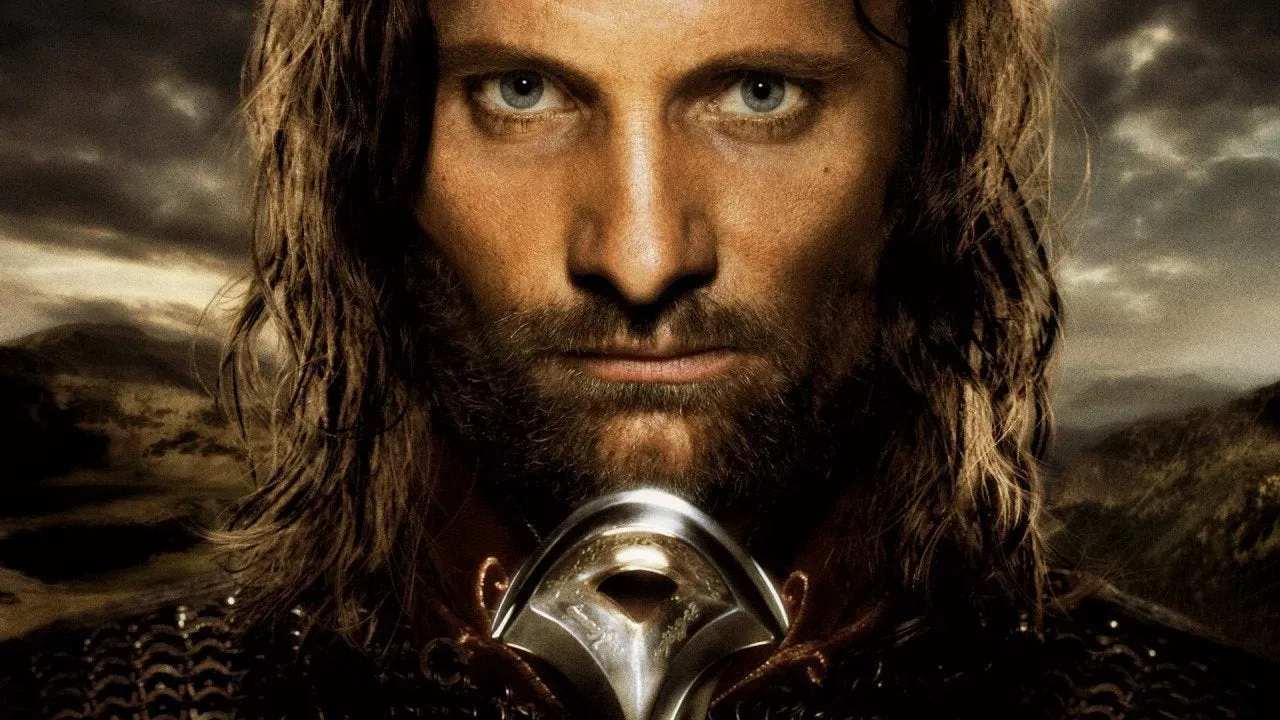
A Deep Dive into Aragorn: Unpacking the King’s Journey in The Lord of the Rings
Aragorn from The Lord of the Rings is a prime example of a well-developed character who embodies depth, growth, and emotional resonance. His journey from a wandering ranger to the rightful king of Gondor is a masterclass in compelling storytelling.
Let’s analyze him using the key elements of strong character development discussed above:
1. The Protagonist – The Heart of the Story
Aragorn serves as one of the main, central protagonists in The Lord of the Rings, and his personal journey is just as important as the larger battle against Sauron.
- Relatability: Despite his noble lineage, Aragorn grapples with self-doubt and a reluctance to claim his birthright. His struggle with responsibility and destiny makes him deeply human.
- Flaws and Imperfections: He fears he may fall to the same weaknesses that doomed his ancestor, Isildur. This internal conflict adds layers to his character.
- Growth and Change: Over the course of the story, Aragorn evolves from an isolated ranger into a leader who accepts his role as king, proving his worth through actions rather than birthright.
Example: Early in the story, Aragorn is a protector, staying in the shadows as Strider. But by the time he leads the charge at the Black Gate, he has fully embraced his role as Gondor’s king.
2. Backstory and Motivation – The Core of Authenticity
Aragorn’s past heavily influences his decisions and actions. His heritage and personal struggles shape his motivations.
- Formative Moments: Raised by the Elves in Rivendell, Aragorn grew up aware of his royal lineage but was also haunted by Isildur’s failure.
- Unresolved Conflicts: His love for Arwen is overshadowed by his doubts about whether he is worthy of her and the throne.
- Influences: Elrond, Gandalf, and his Dunedain kin guide him, but his own choices define his journey.
Example: Aragorn initially hesitates to wield Andúril, the reforged sword of his ancestors, but when he finally does, it symbolizes his acceptance of his destiny.
3. Dynamic Character Arc – Growth Through Experience
Aragorn follows a dynamic arc, evolving from a reluctant leader to a confident king.
- Begins with self-doubt: He avoids claiming the throne, believing he is unworthy.
- Faces trials: He earns the trust of the Fellowship, navigates the Dead Marshes, and proves his leadership in Helm’s Deep and Pelennor Fields.
- Ends with transformation: Aragorn steps into his role as King of Gondor, showing his growth from doubt to acceptance.
Example: When he takes the Paths of the Dead to rally an army, it’s a defining moment where he fully embraces his responsibility.
4. The Antagonist’s Role – A Reflection of Aragorn’s Struggle
Sauron isn’t just an external villain—he also represents Aragorn’s inner fear of corruption. Aragorn’s journey is about proving that he can be a leader without succumbing to power’s temptations, unlike Isildur.
- Strong Motivation: Aragorn fights not for power, but to protect Middle-earth and its people.
- Personal Connection to the Conflict: His ancestor’s failure directly led to Sauron’s survival, making his role in the battle deeply personal.
- A Mirror to the Protagonist: Sauron’s corruption serves as a reminder of what Aragorn fears he could become if he fails to resist the lure of power.
Example: Aragorn’s refusal to take the One Ring, despite temptation, sets him apart from Isildur. Boromir’s downfall reinforces his fear of corruption, but by resisting power’s lure, Aragorn proves his worth as a leader driven by wisdom, not dominance.
5. Supporting Characters – Shaping Aragorn’s Journey
Aragorn is influenced by several key relationships that challenge and strengthen him.
- Gandalf: A mentor figure who guides him toward leadership.
- Legolas & Gimli: Their friendship breaks down racial divides, reinforcing Aragorn’s role as a unifier.
- Boromir: His initial skepticism of Aragorn highlights the pressure of proving himself as king.
- Arwen: A personal anchor, representing his inner struggle between duty and love.
Example: His final speech before leading the army to the Black Gate shows his ability to unite people beyond race, kingdom, or past loyalties.
Aragorn is not just a hero—he’s a deeply layered character who experiences doubt, love, sacrifice, and ultimately, growth. His transformation from a 'lone ranger' to a 'noble king' is one of the most satisfying arcs in literature and film, making him an unforgettable character. His journey reflects the classic hero’s struggle: overcoming inner demons, rising to meet destiny, and proving that true leadership comes from humility and heart.
Now, with that said: HOW CAN PEOPLE NOT LIKE THE LORD OF THE RINGS?
Why We Need Compelling Characters in Today’s World
In a time where audiences are constantly bombarded with content—books, films, TV shows, video games, and even social media narratives—compelling characters are what make stories stand out. They serve as emotional anchors, helping us connect, empathize, and see the world through different perspectives.
Now more than ever, people crave authenticity. We want characters who feel real, who struggle with the same doubts, fears, and aspirations that we do. Whether it’s an anti-hero forced to make impossible choices or a protagonist fighting against injustice, the best characters reflect the complexities of modern life. They challenge us to think, to feel, and to question.
In a world filled with quick distractions, it’s the depth of character—their journey, flaws, and personal stakes—that keeps audiences engaged. Great storytelling isn’t just about entertainment; it’s about creating an emotional experience. And that all starts with characters who make us believe in them, root for them (or against them), and ultimately, remember them long after the story ends.
If you love dissecting stories, uncovering what makes them work, and exploring how storytelling is changing in real-time, make sure to subscribe to The Storytects Podcast. Each episode dives into the art and science of storytelling, featuring deep dives, guest interviews, and creative discussions designed to inspire writers, filmmakers, and content creators.


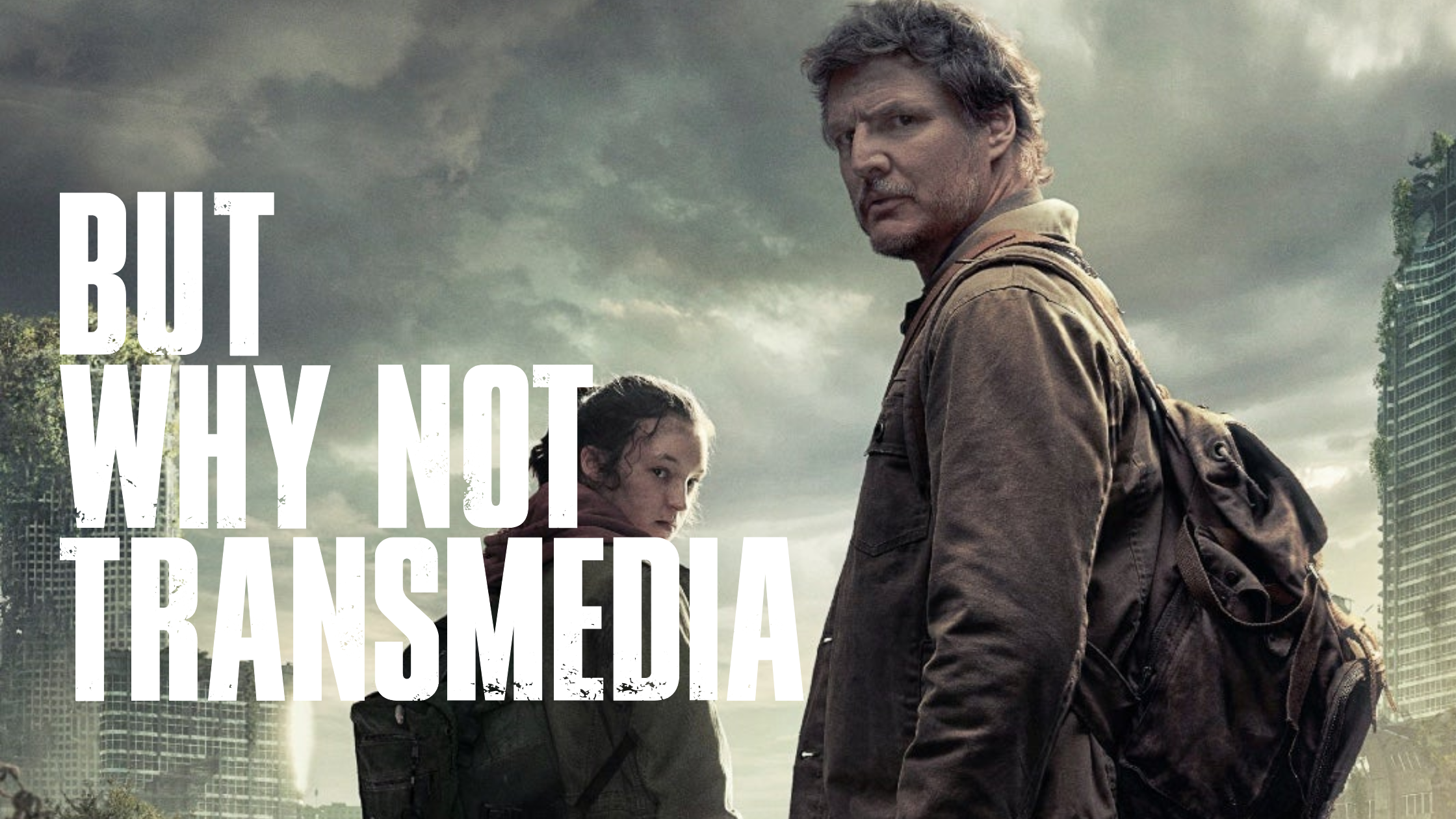


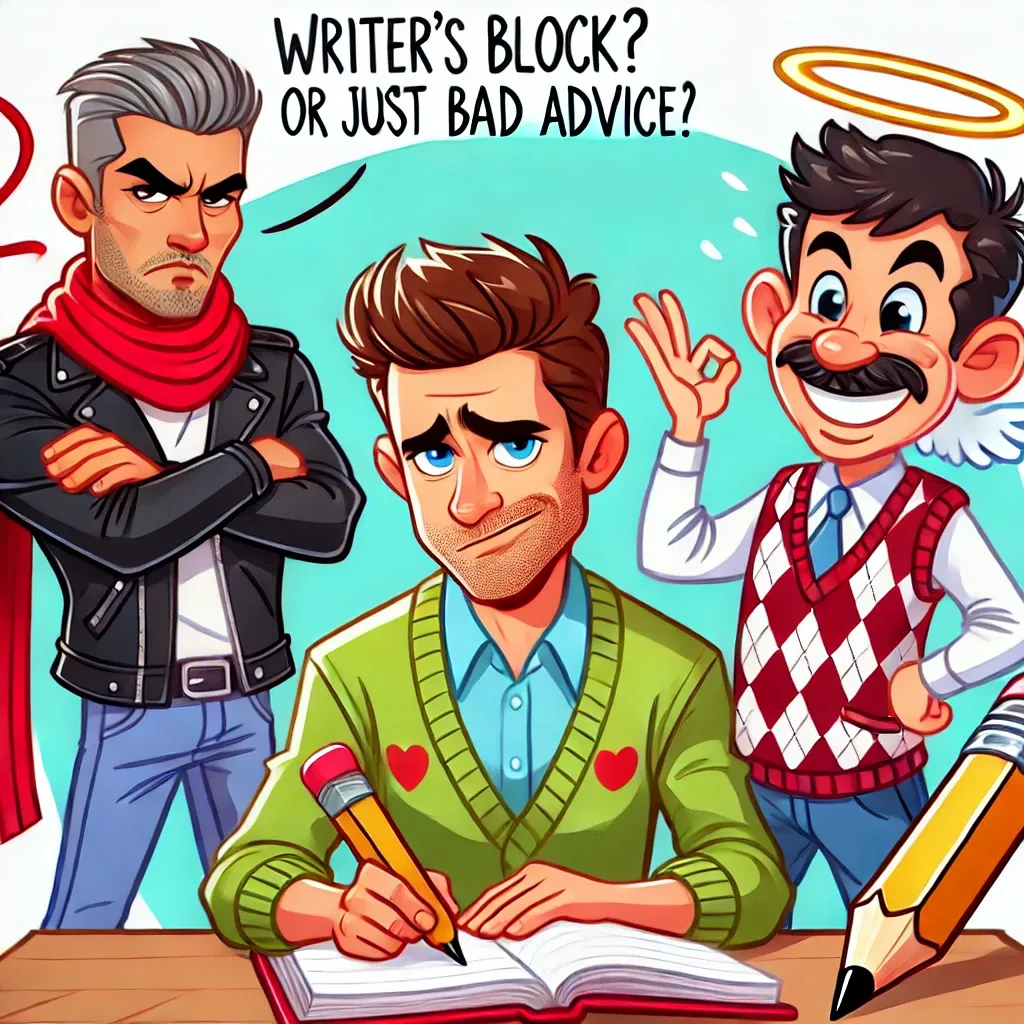
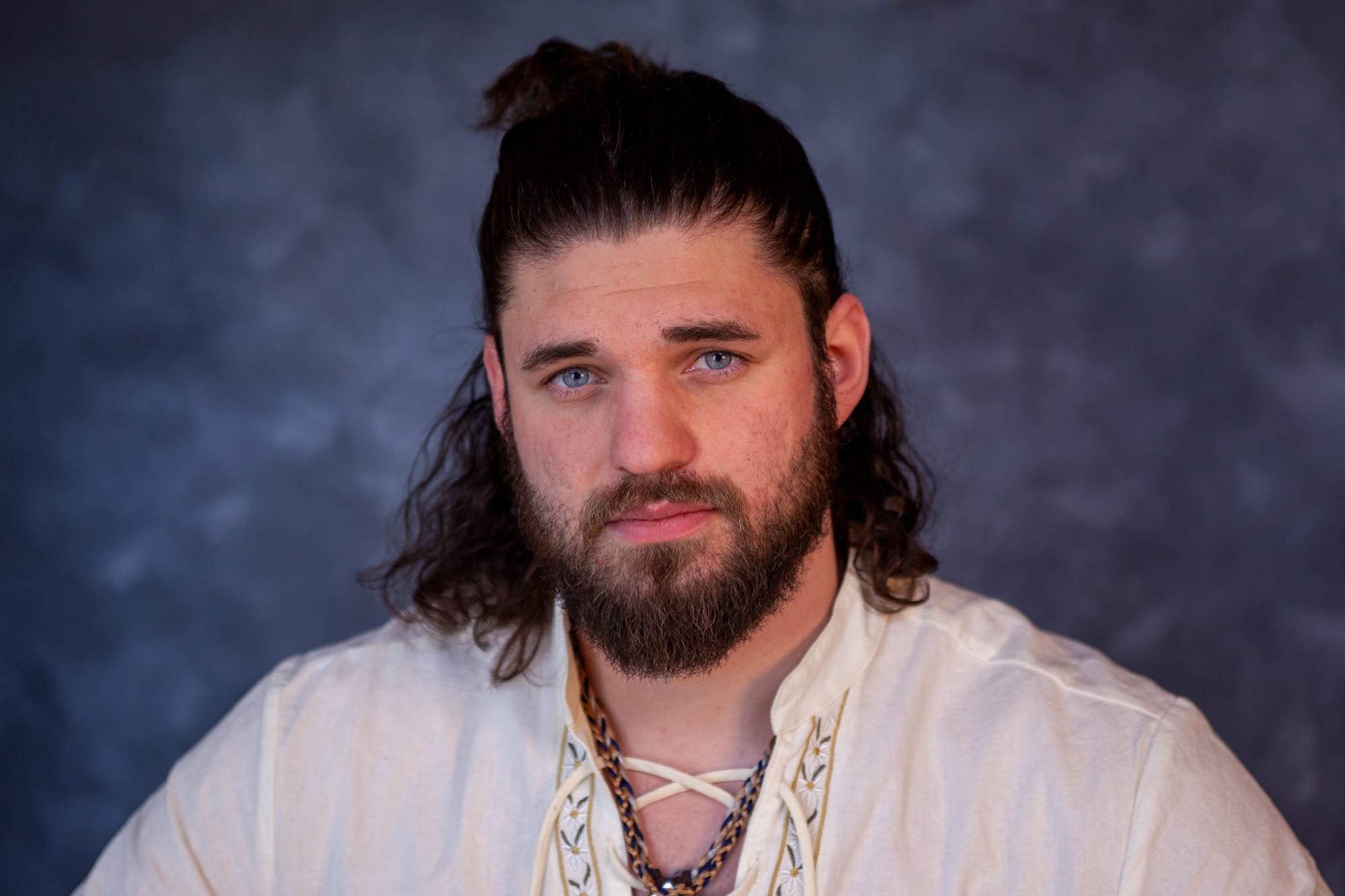
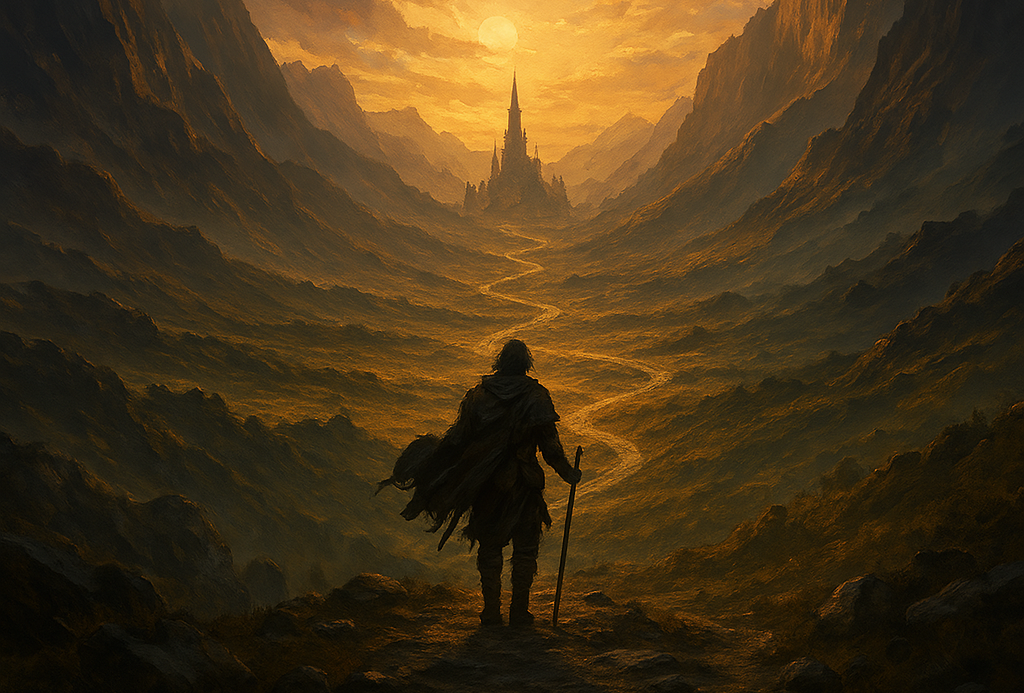


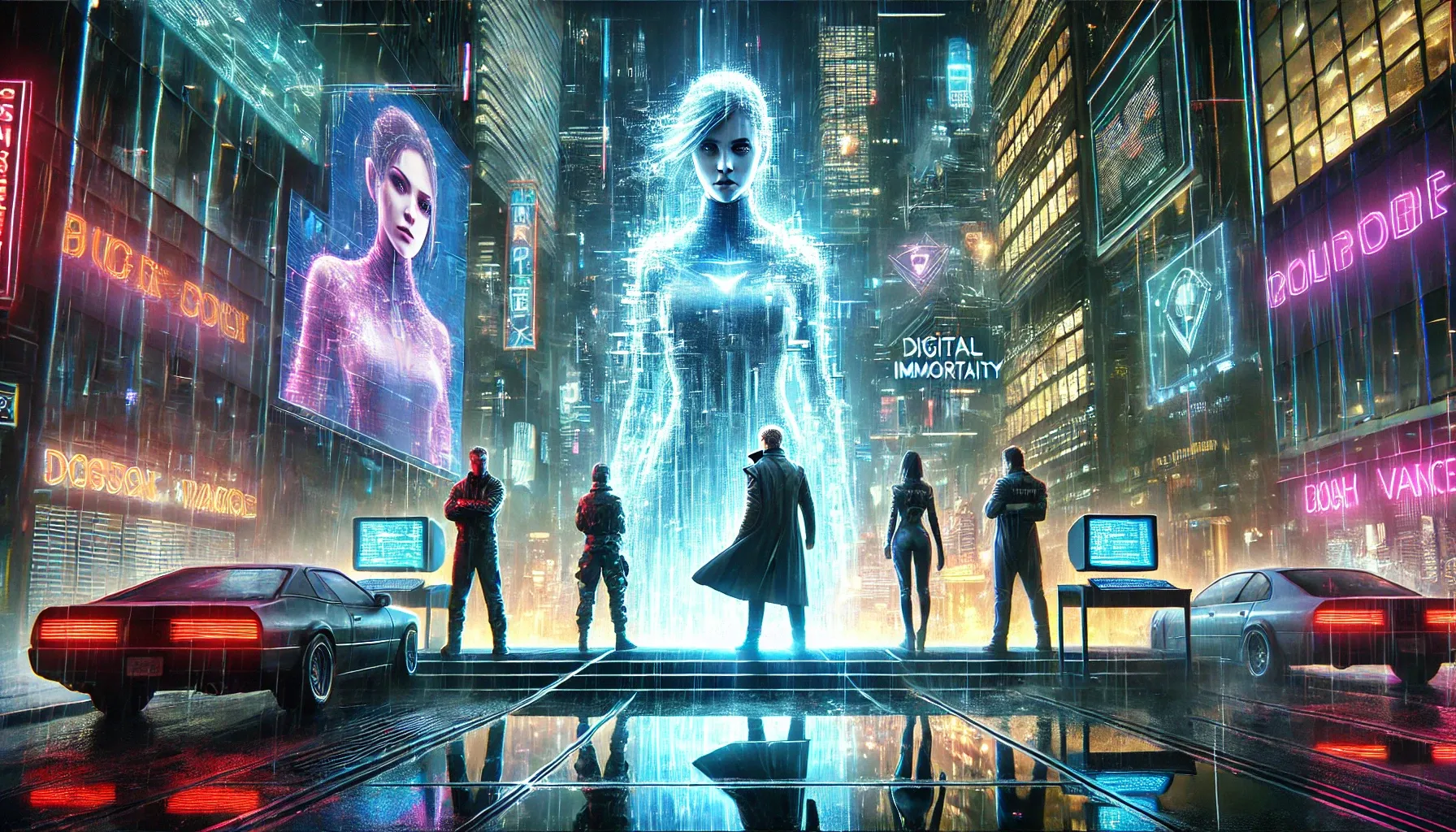


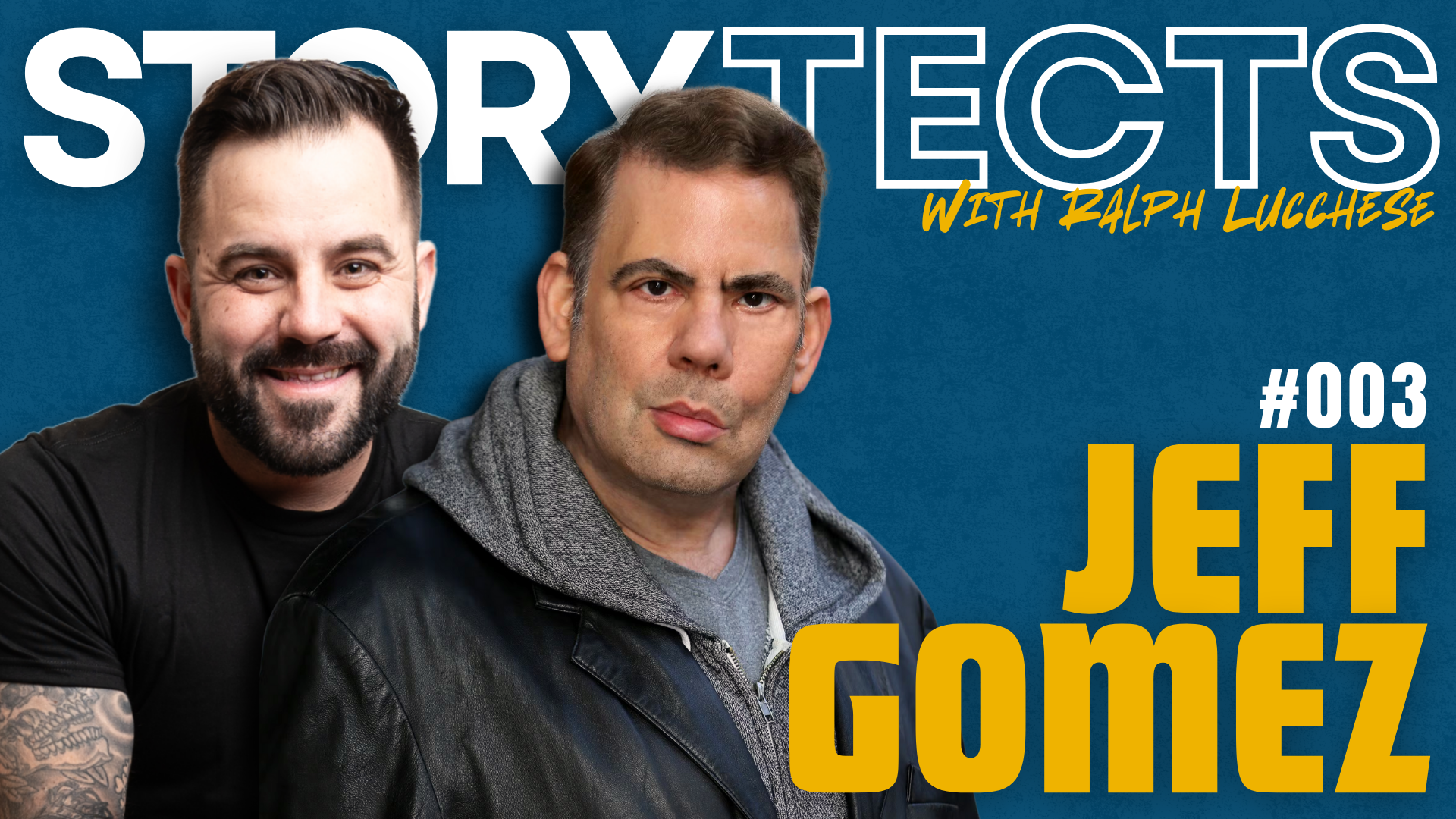
Discussion